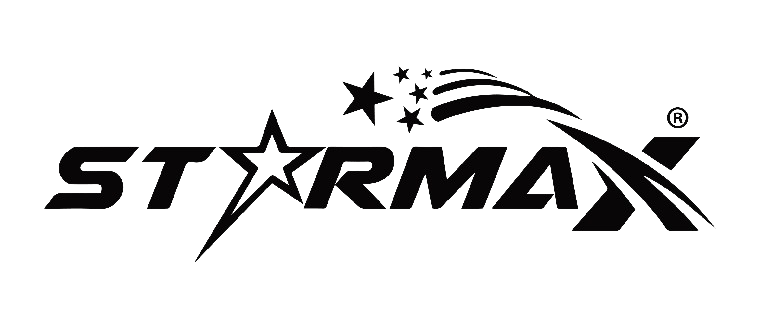
Battery Chargers

Battery Chargers
Chargers may elevate the output voltage proportionally with the current to compensate for impedance in the wires. A trickle charger provides a relatively small amount of current, only enough to counteract the self-discharge of a battery that is idle for a long time. Some battery types cannot tolerate trickle charging; attempts to do so may result in damage. Lithium-ion batteries cannot handle indefinite trickle charging. Slow battery chargers may take several hours to complete a charge. High-rate chargers may restore most capacity much faster, but high-rate chargers can be more than some battery types can tolerate. Such batteries require active monitoring of the battery to protect them from overcharging. Electric vehicles ideally need high-rate chargers. For public access, the installation of such chargers and the distribution support for them is an issue in the proposed adoption of electric cars.


